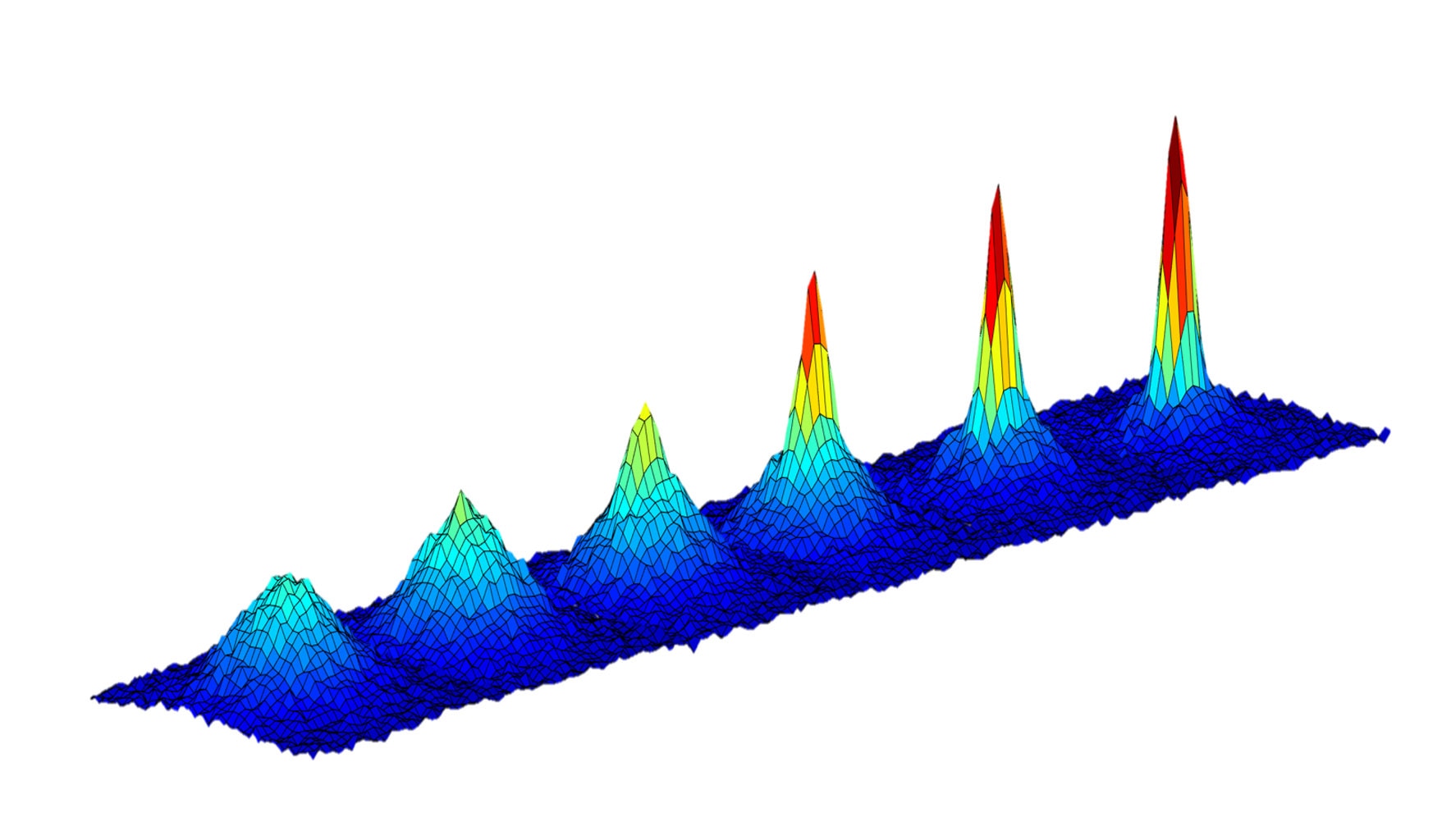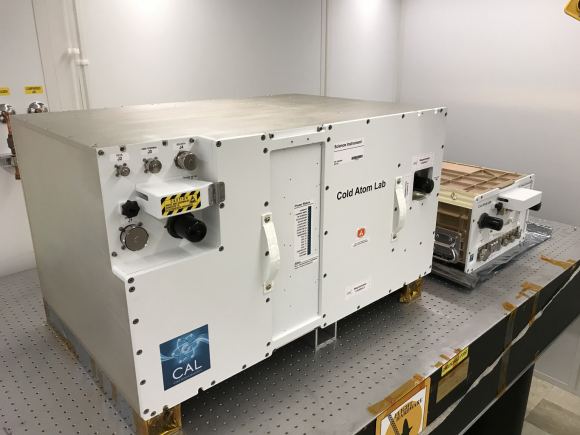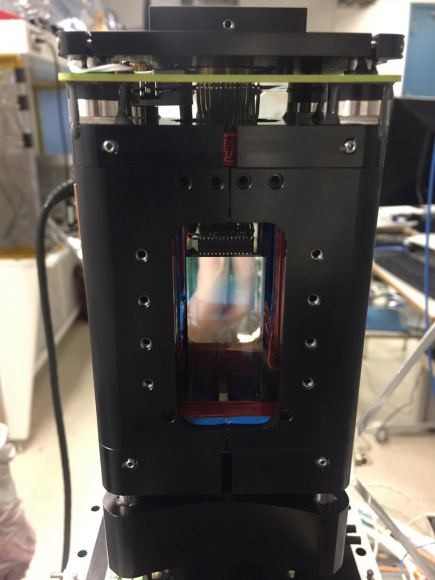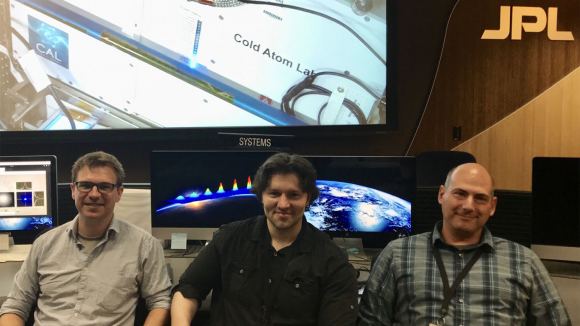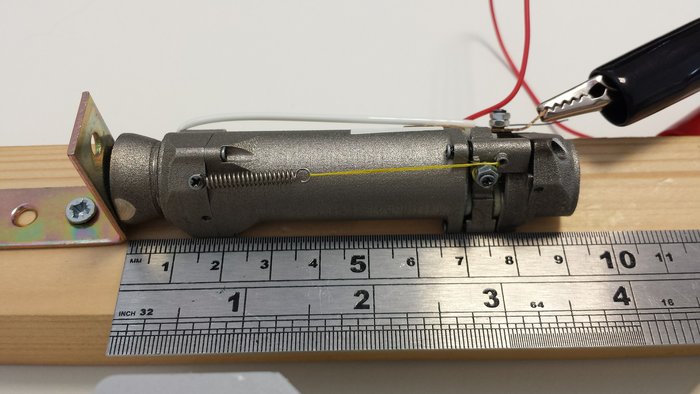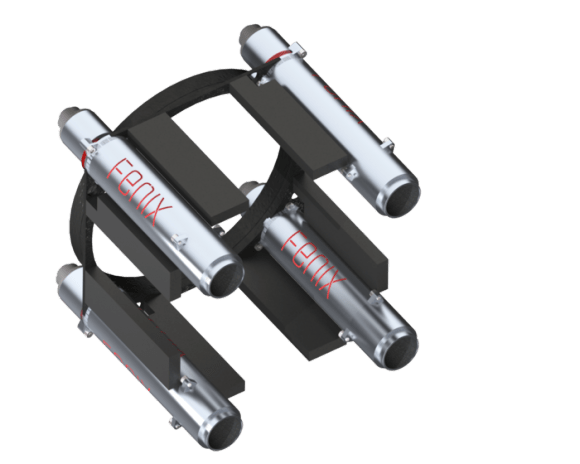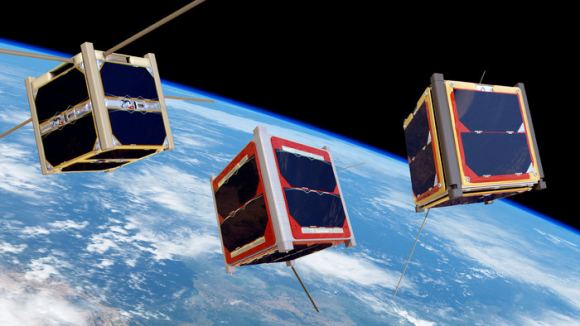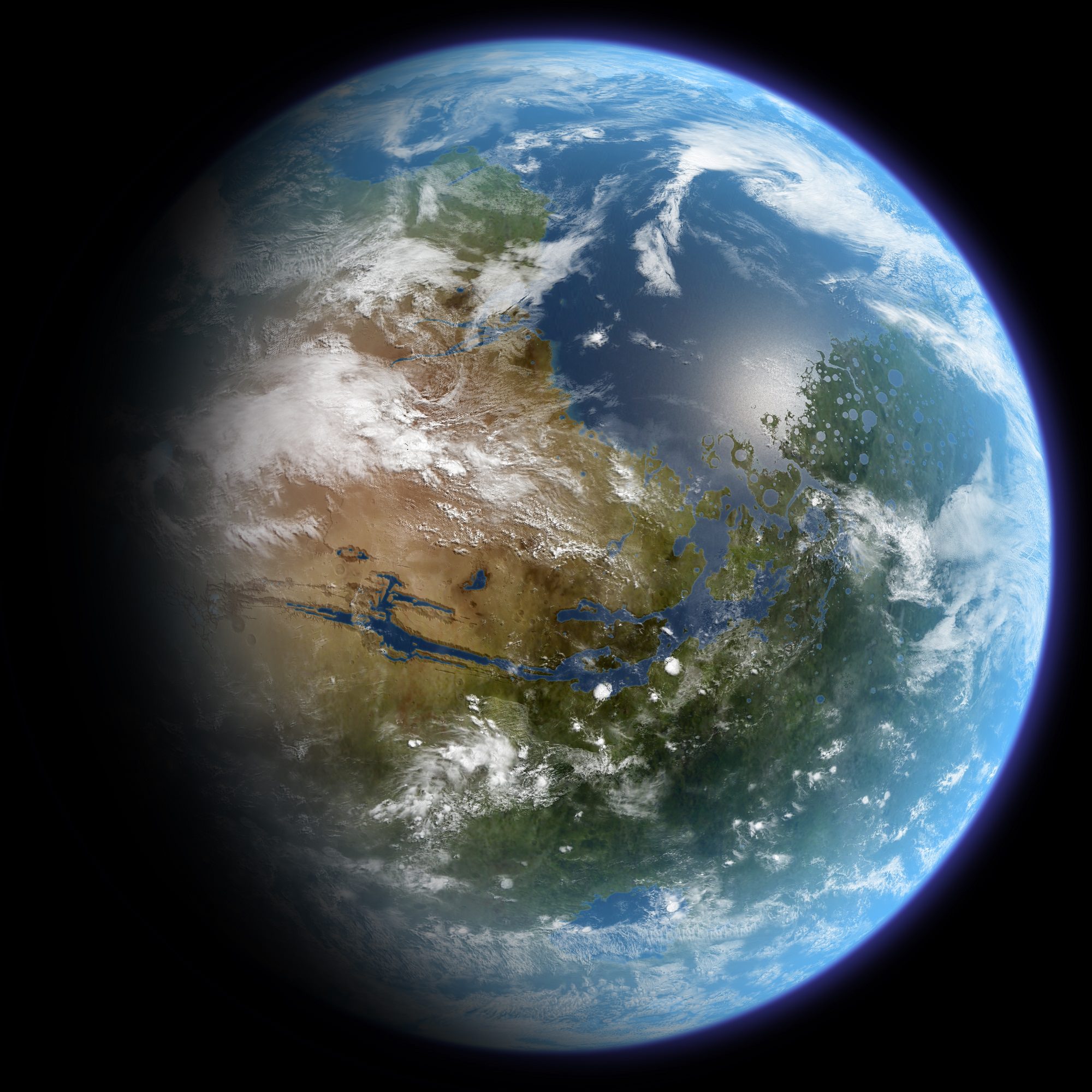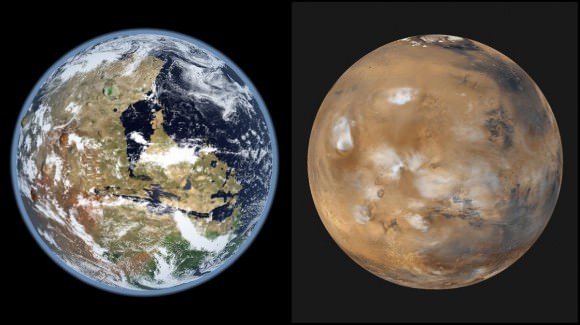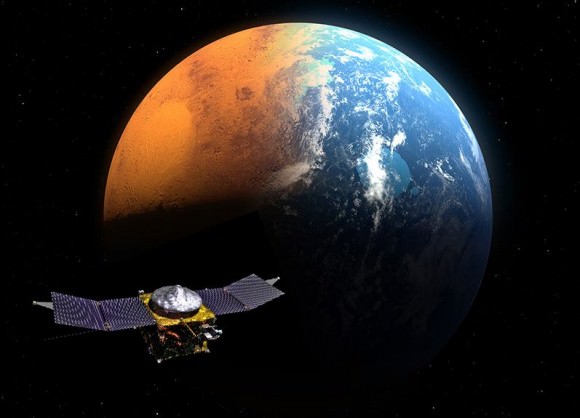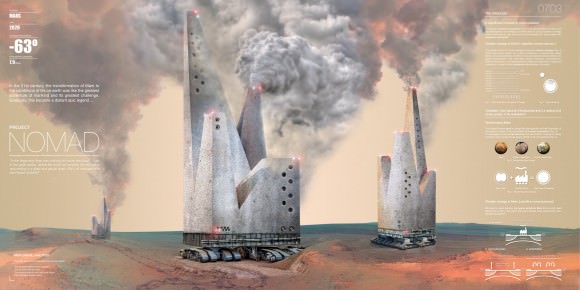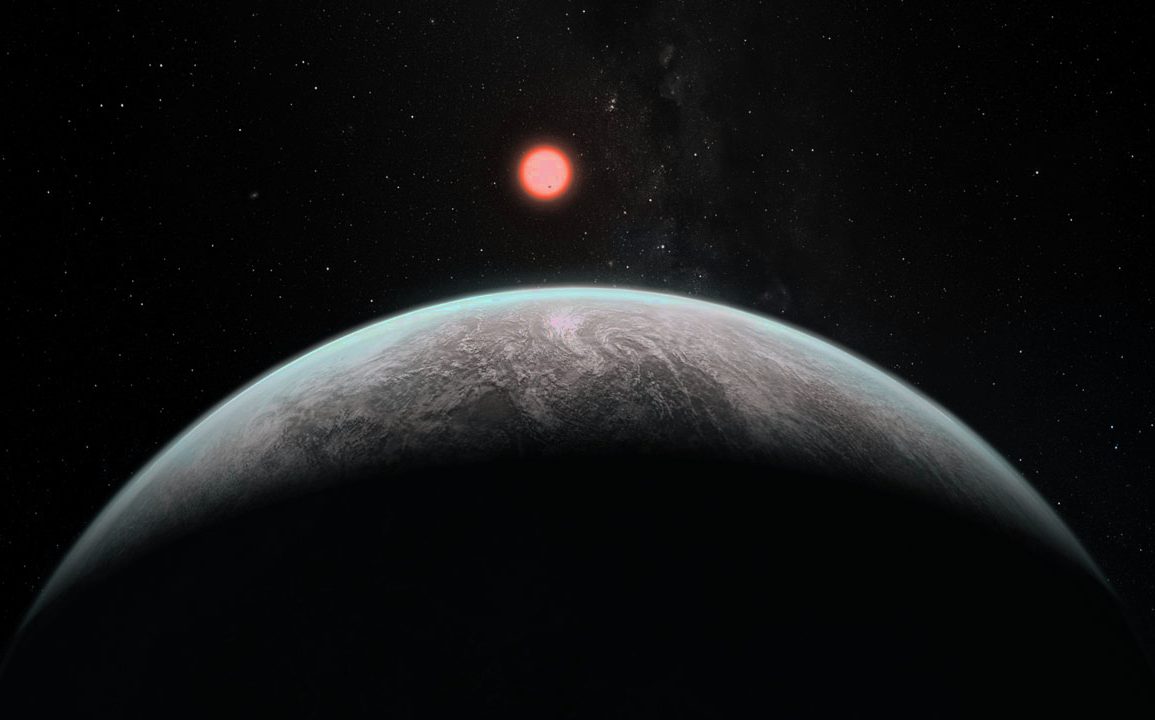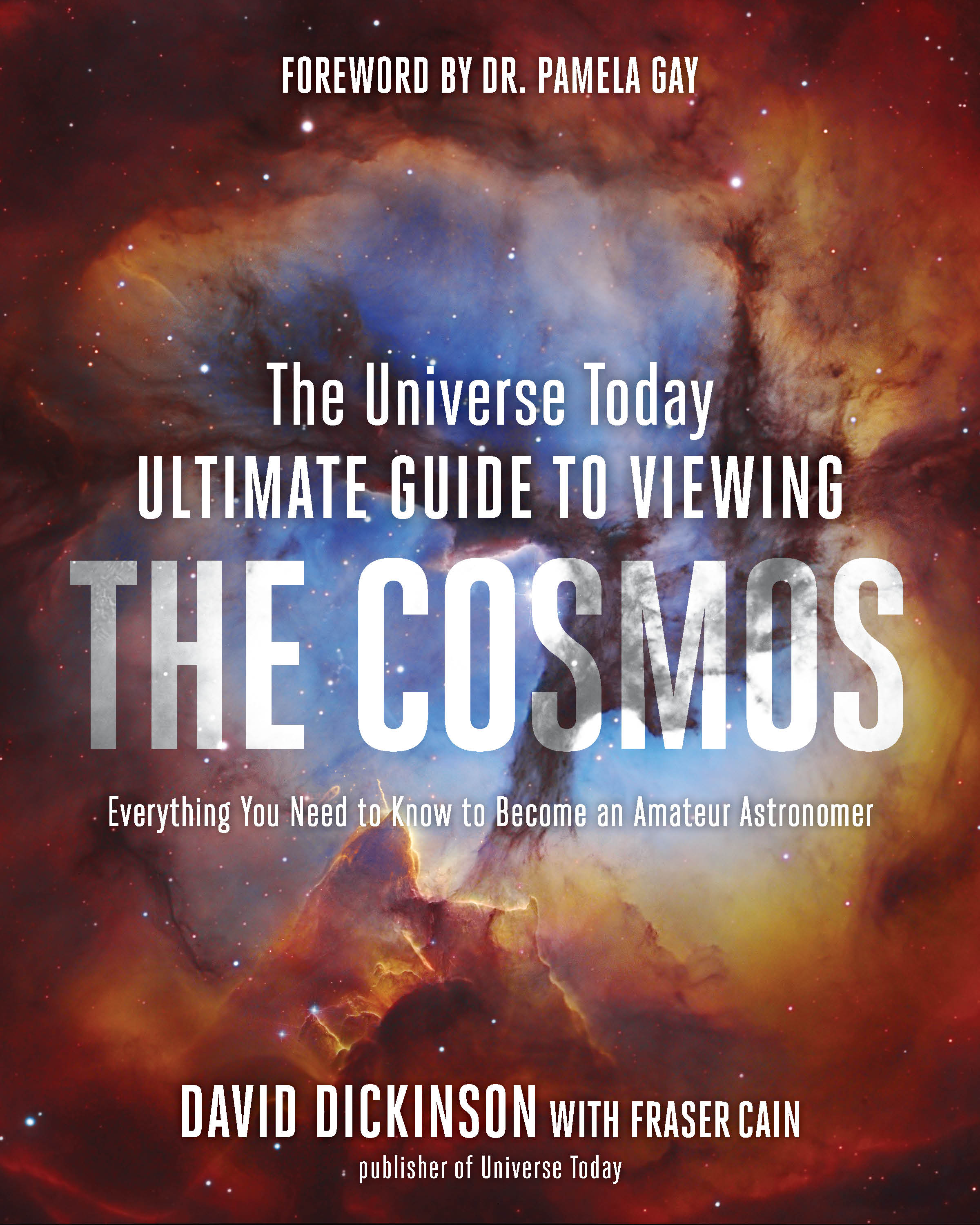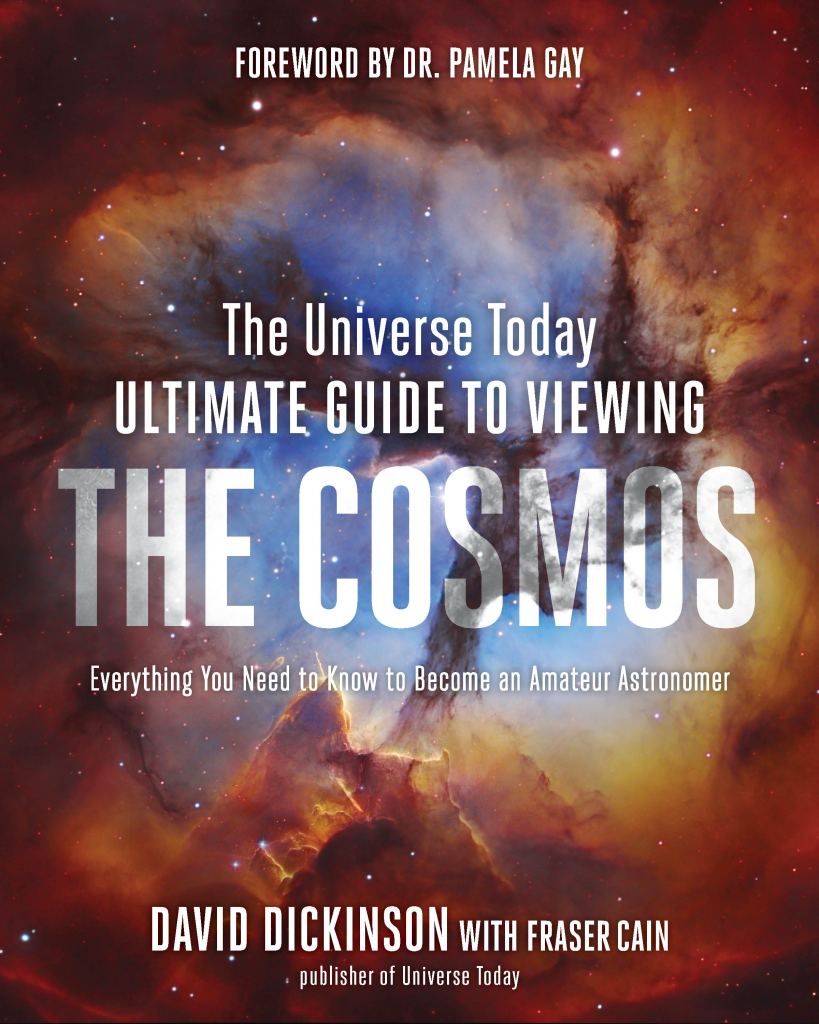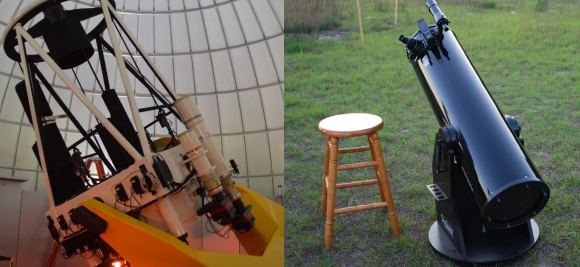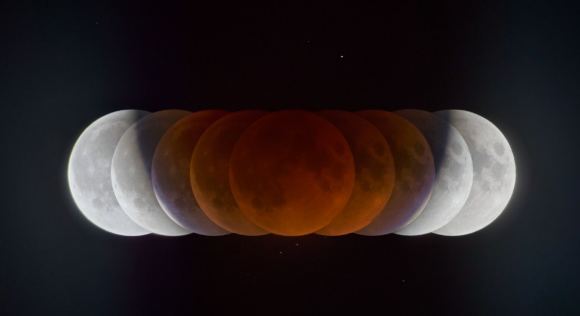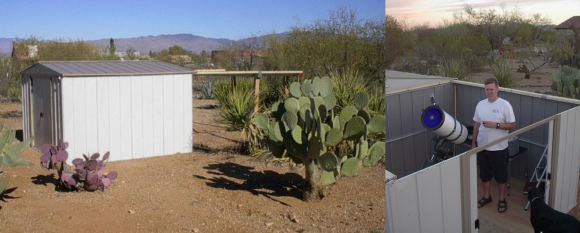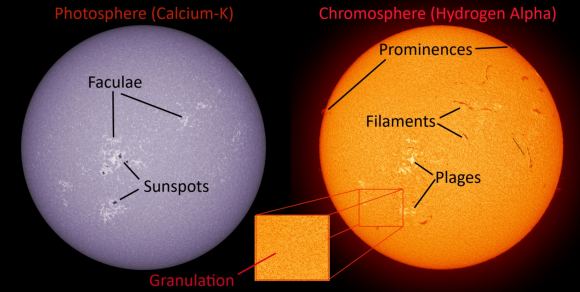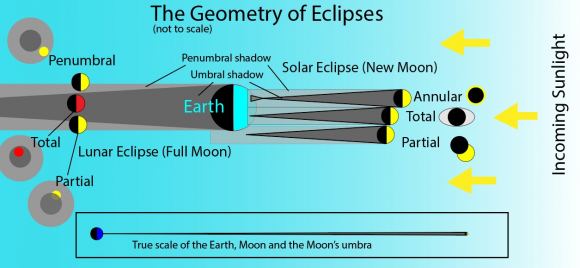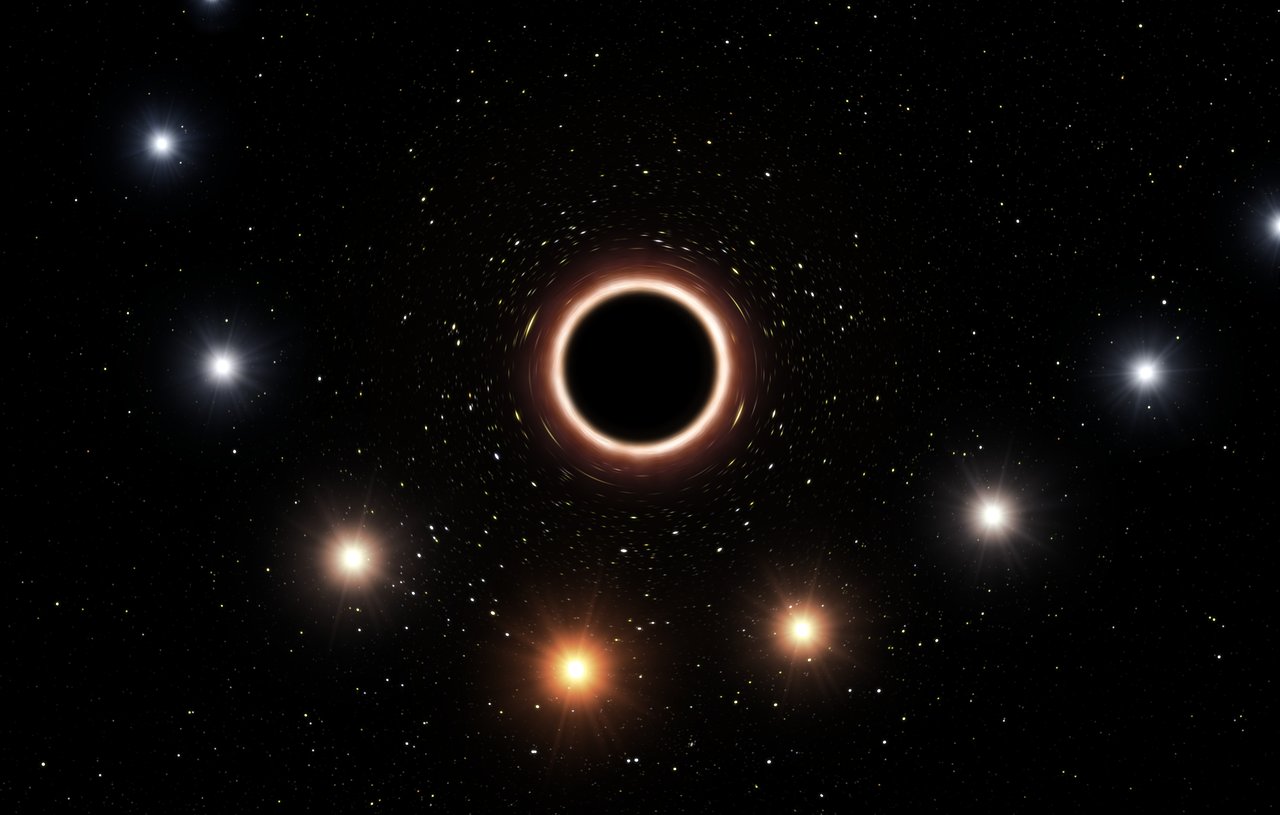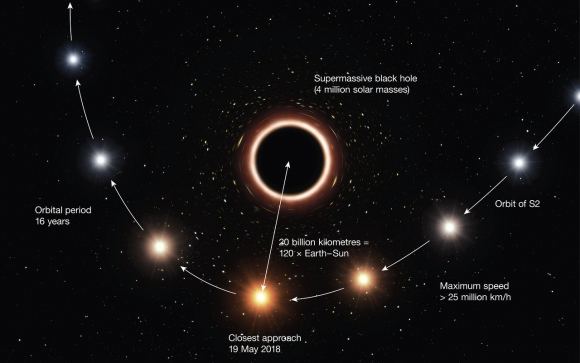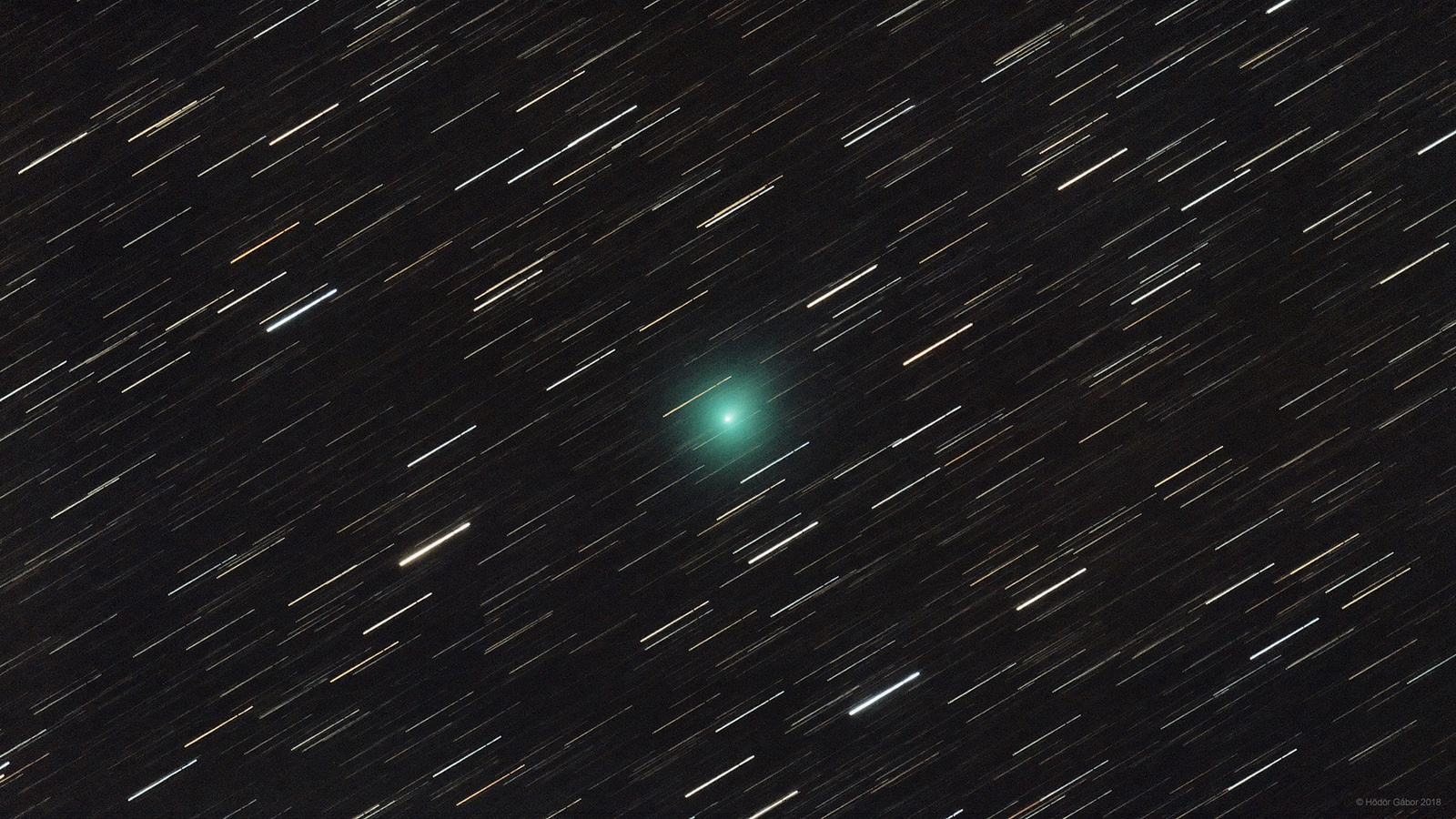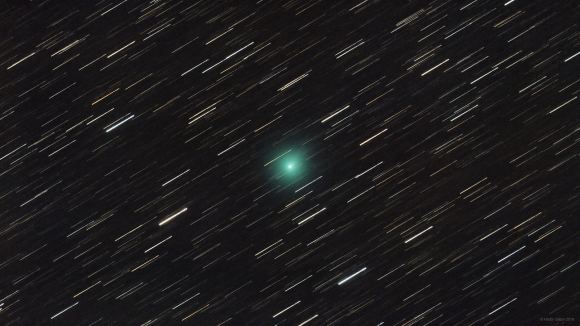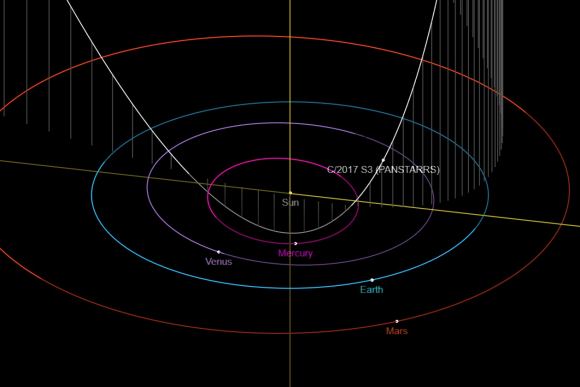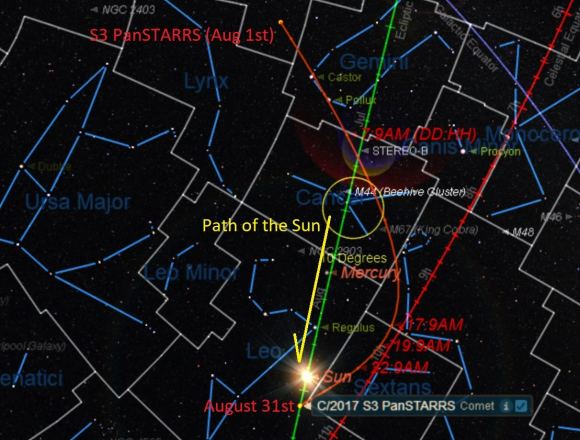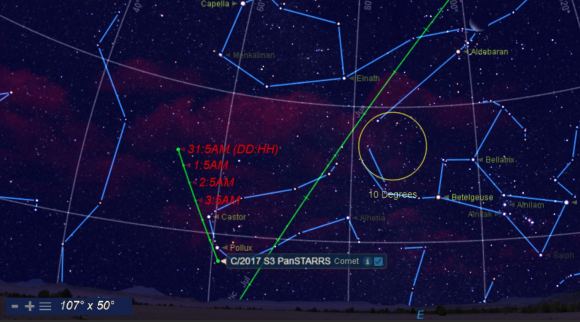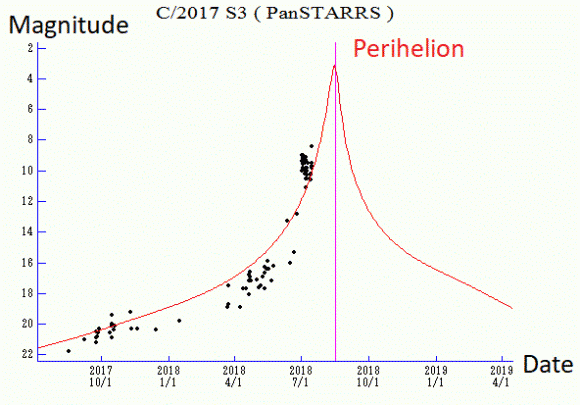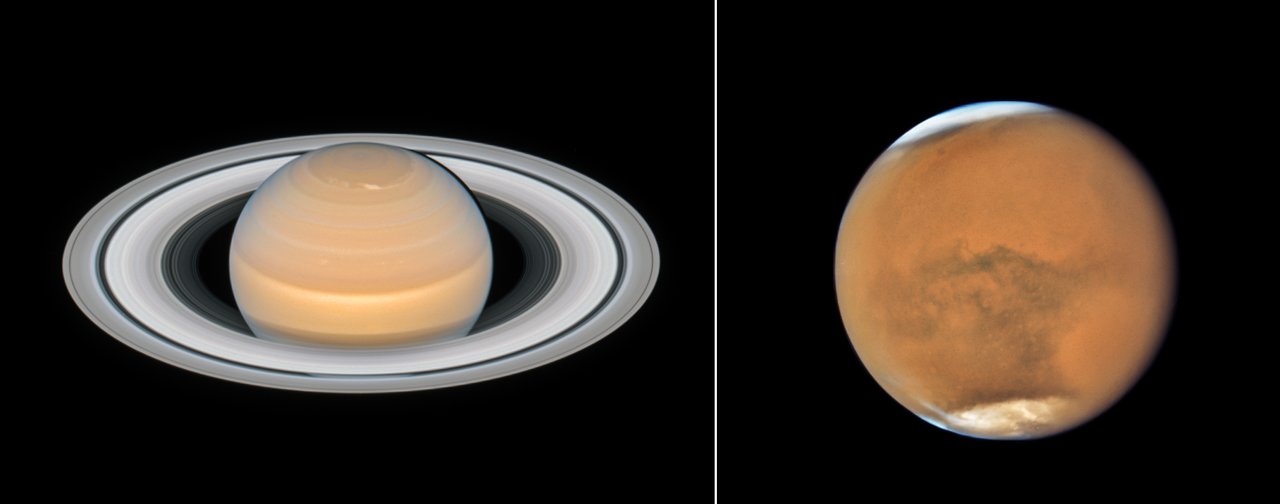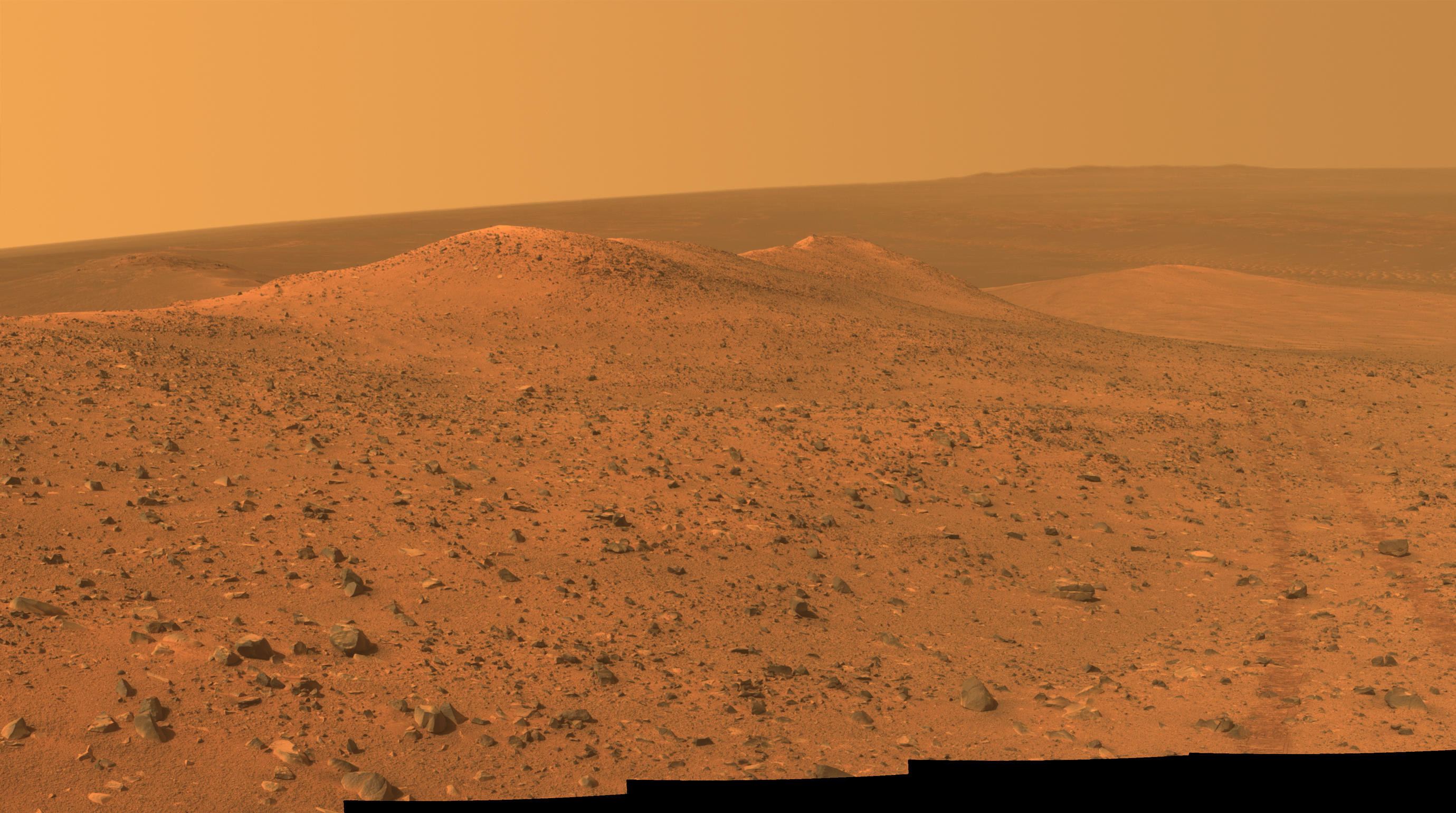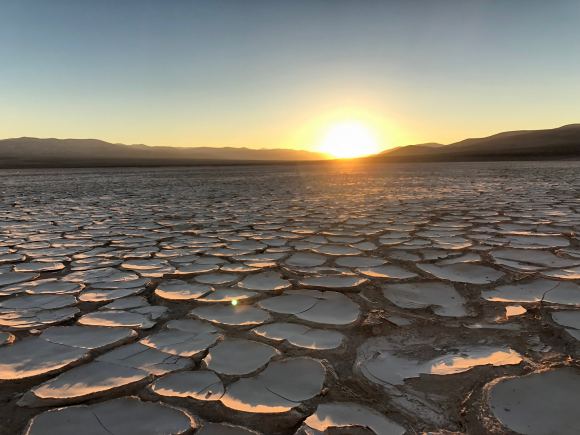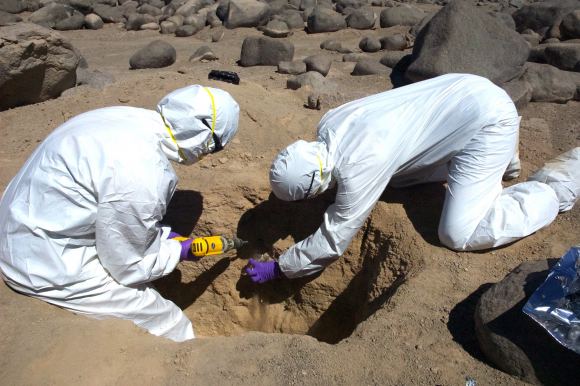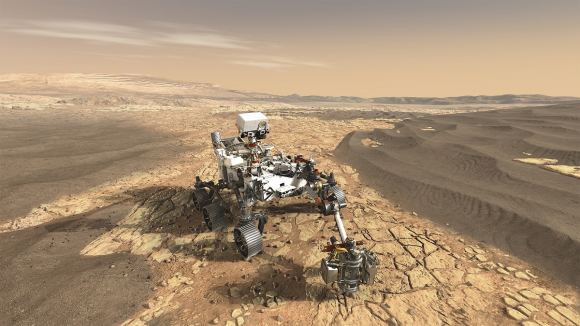If and when we decide to go to Mars (and stay there), the Martian settlers will face some serious challenges. For one, the planet is extremely cold compared to Earth, averaging at about -63 °C (-82°F), which is comparable to cold night in Antarctica. On top of that, there’s the incredibly thin atmosphere that is unbreathable to humans and terrestrial creatures. Add to that the radiation, and you begin to see why settling Mars will be difficult.
But as the saying goes, necessity is the mother of invention. And to stimulate the invention process, NASA has partnered with Bradley University of Peoria to launch the 3D-Printed Habitat Centennial Challenge competition. As part of NASA’s Centennial Challenges, which are sponsored by the Space Technology Mission Directorate, this competition recently awarded $100,000 in prize money to five teams for their design concepts.
The NASA Centennial Challenges were initiated in 2005 to directly engage the public, and produce revolutionary applications for space exploration challenges. The program offers incentive prizes to stimulate innovation in basic and applied research, technology development, and prototype demonstration. To administer the competition, Bradley University also partnered with sponsors Caterpillar, Bechtel and Brick & Mortar Ventures.
For the competition, participants were tasked with creating digital representations of the physical and functional characteristics of a Martian habitat using specialized software tools. A panel of NASA, academic and industry experts awarded the team points based on various criteria, which determined how much prize money each winning team got. Out of 18 submissions from all over the world, 5 teams were selected.
In order of how much prize money they were awarded, the winning teams were:
- Team Zopherus of Rogers, Arkansas – $20,957.95
- AI. SpaceFactory of New York – $20,957.24
- Kahn-Yates of Jackson, Mississippi – $20,622.74
- SEArch+/Apis Cor of New York – $19,580.97
- Northwestern University of Evanston, Illinois – $17,881.10
The design competition emphasizes all the challenges that building a life-supporting habitat on Mars would entail, which includes the sheer distances involved and the differences in atmosphere and landscapes. In short, the teams needed to create habitats that would be insulated and air-tight and could also be built using local materials (aka. in-situ resource utilization).
The competition began in 2014 and has been structured in three phases. For Phase 1, the Design Competition (which was completed in 2015 with $50,000 prize purse), the teams were required to submit a rendering of their proposed habitat. Phase 2, the Structural Member Competition, focused on material technologies and required teams to create structural components. This phase was completed in 2017 with a $1.1 million prize purse.
For Phase 3, the On-Site Habitat Competition – which is the current phase of the competition – competitors were tasked with fabricated sub-scale versions of their habitats. This phase has five levels of competition, which consist of two virtual levels and three construction levels. For the former, the teams were tasked with using Building Information Modeling (BIM) software to design a habitat that combines all the structural requirements and systems it must contain.
For the construction levels, the teams will be required to autonomously fabricate 3D-printed elements of the habitat, culminating with a one-third-scale printed habitat for the final level. By the end of this phase, teams will be awarded prize money from a $2 million purse. As Monsi Roman, the program manager for NASA’s Centennial Challenges, said in a recent NASA press statement:
“We are thrilled to see the success of this diverse group of teams that have approached this competition in their own unique styles. They are not just designing structures, they are designing habitats that will allow our space explorers to live and work on other planets. We are excited to see their designs come to life as the competition moves forward.”
The winning entries included team Zorphues’ concept for a modular habitat that was inspired by biological structures here on Earth. The building-process begins with a lander (which is also a mobile print factory) reaching the surface and scanning the environment to find a good “print area”. It then walks over this area and deploys rovers to gather materials, then seals to the ground to provide a pressurized print environment.
The main module is then assembled using pre-fabricated components (like airlocks, windows, atmospheric control, toilets, sinks, etc), and the structure is printed around it. The printer then walks itself to an adjacent location, and prints another module using the same method. In time, a number of habitats are connected to the main module that provide spaces for living, recreation, food production, scientific studies, and other activities.
For their concept, the second place team (Team AI. SpaceFactory) selected a vertically-oriented cylinder as the most efficient shape for their Marsha habitat. According to the team, this design is not only the ideal pressure environment, but also maximizes the amount of usable space, allows for the structure to be vertically-divided based on activities, is well-suited to 3-D printing and takes up less surface space.
The team’s also designed their habitat to deal with temperature changes on Mars, which are significant. Their solution was to design the entire structure as a flanged shell that moves on sliding bearings at its foundation in response to temperature changes. The structure is also a double shell, with the outer (pressure) shell separate from the inner habitat entirely. This optimizes air flow and allows for light to filters in to the entire habitat.
Next up is the Khan-Yates habitat, which the team designed to be specifically-suited to withstand dust storms and harsh climates on the Red Planet. This coral-like dome consists of a lander that would set down in the equatorial region, then print a foundation and footing layer using local materials. The print arm would then transition vertically to begin printing the shell and the floors.
The outer shell is studded with windows that allow for a well-lit environment, the outer shell is separate from the core, and the shape of the structure is designed to ensure that dust storms flow around the structure. In fourth place was SEArch+/Apis Cor’s Mars X house, a habitat designed to provide maximum radiation protection while also ensuring natural light and connections to the Martian landscape.
The habitat is constructed by mobile robotic printers, which are deployed from a Hercules Single-Stage Reusable Lander. The design is inspired by Nordic architecture, and uses “light scoops” and floor-level viewing apertures to ensure that sunlight in the northern latitudes makes it into the interior. The two outer (and overlapping) shells house the living areas, which consist of two inflatable spaces with transparent CO2 inflated window pockets.
Fifth place went to the team from Northwestern University for their Martian 3Design habitat, which consists of an inner sphere closed-shell and an outer parabolic dome. According to the team, this habitat provides protection from the Martian elements through three design features. The first is the internal shape of the structure, which consists of a circular foundation, an inflatable pressure vessel that serves as the main living area, and the outer shell.
The second feature is the entryway system, which extend from opposite ends of the structure and serves as entrances and exits and could provide junctions with future pods. The third feature is the cross-beams that are the structural backbone of the dome and are optimized for pressure-loading under Martian gravity and atmospheric conditions, and provide continuous protection from radiation and the elements.
The interior layout is based on the NASA Hawai’i Space Exploration Analog and Simulation (HI-SEAS) habitat, and is divided between “wet areas” and “dry areas”. These areas are placed on opposite sides of the habitat to optimize the use of resources by concentrated in them on one side (rather than have them running throughout that habitat), and space is also divided by a central, retractable wall that separates the interior into public and private areas.
Together, these concepts embody the aims of the 3D-Printed Habitat Centennial Challenge, which is to harness the talents of citizen inventors to develop the technologies necessary to build sustainable shelters that will one-day allow humans to live on the Moon, Mars and beyond. As Lex Akers, dean of the Caterpillar College of Engineering and Technology at Bradley University, said of the competition:
“We are encouraging a wide range of people to come up with innovative designs for how they envision a habitat on Mars. The virtual levels allow teams from high schools, universities and businesses that might not have access to large 3D printers to still be a part of the competition because they can team up with those who do have access to such machinery for the final level of the competition.”
Carrying on in the tradition of the Centennial Prizes, NASA is seeking public engagement with this competition to promote interest in space exploration and address future challenges. It also seeks to leverage new technologies in order to solve the many engineering, technical and logistical problems presented by space travel. Someday, if and when human beings are living on the Moon, Mars, and other locations in the Solar System, the habitats they call home could very well be the work of students, citizen inventors and space enthusiasts.
For more information on the 3-D Pinrted Habitat Challenge, check out the competition web page.
Further Reading: NASA


